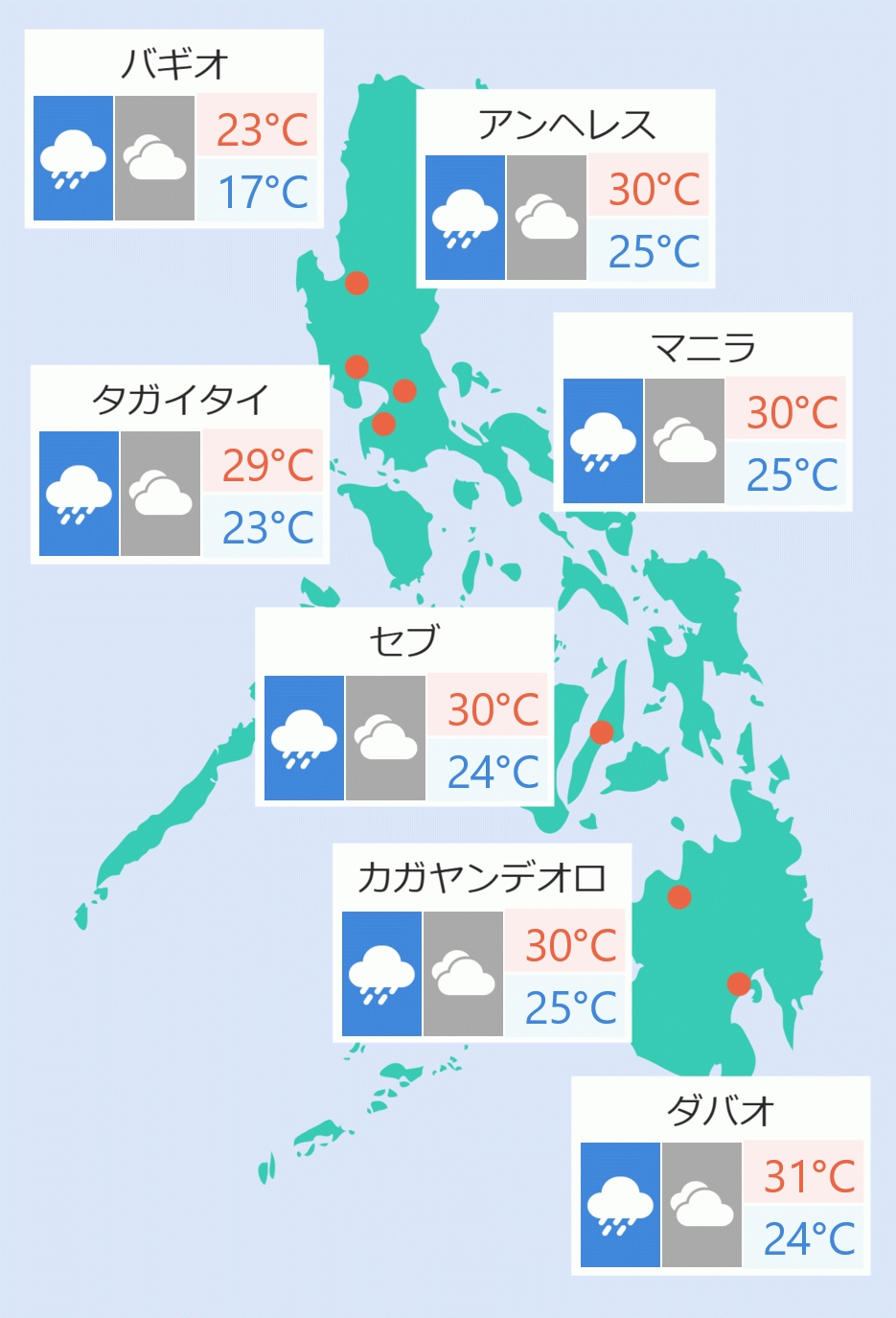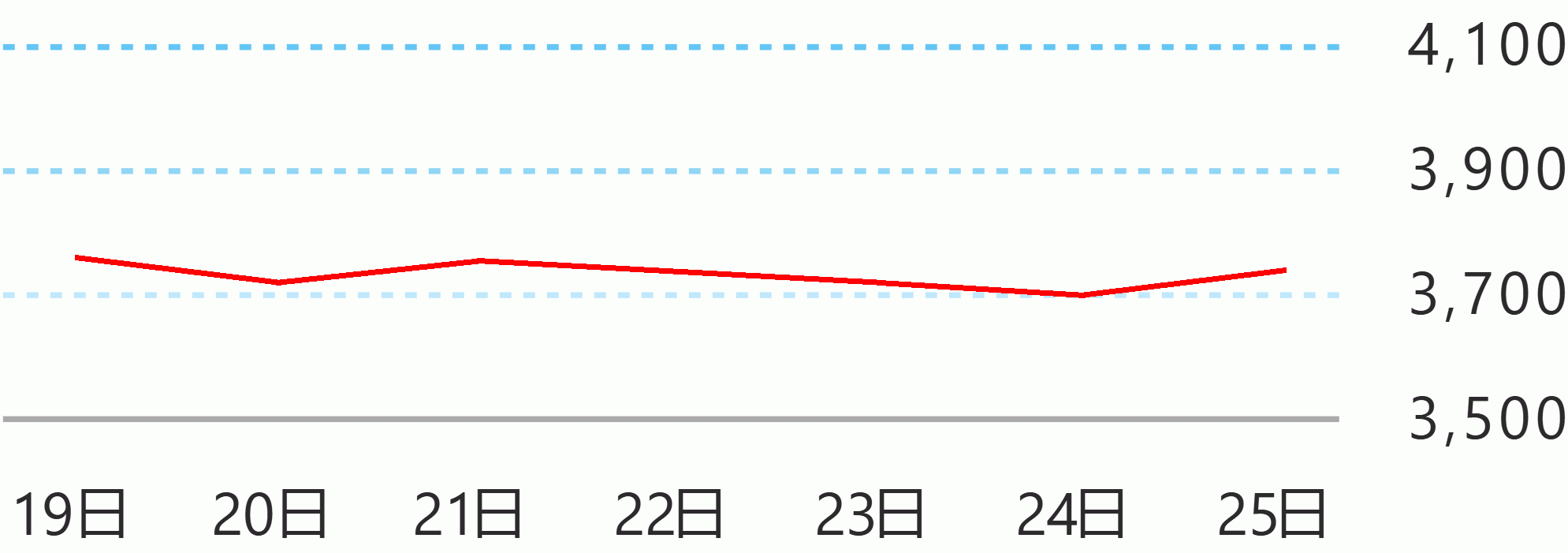The Department of Energy (DOE) on Saturday said supply of electricity in the Philippines is stable and still being strictly monitored amid the challenges brought by El Nino and climate change.
In a news forum in Quezon City, Assistant Energy Secretary Mario Marasigan said that as of now, power supply is sufficient in the country, noting there are no alert levels currently imposed.
“So, sa ngayon po umpisa noong nakaraang linggo na nabawasan na iyong ating mga alert levels, nawala na po iyong yellow alert, nag-umpisa tayo the other weekend, mayroon tayo manual o dropping at nagkaroon ng red alert until almost past midnight. May mga incident itong nangyari sa sistema ng kuryente natin. Pero, after that weekend nag-stabilize na po tayo at ngayon ay sobra, sobra na iyong ating generation,” he said.
“Since, Thursday wala po tayong alert. Actually noong Miyerkules may predicted alert pa tayo hanggang alas-diyes ng gabi dito sa Luzon pero ala-una pa lang ng hapon pinadala iyong alert level. So, nag-umpisa po noong Miyerkules ng hapon hanggang ngayon po ay wala na tayong alert level,” he added.
Yellow alert indicates sufficient power supply in the country while red alert means outages in power plants resulting in insufficient electricity supply that can’t meet consumer demand.
According to Marasigan, the red alert imposed recently was attributed to the effects of climate change to power plants, particularly the hydropowered ones.
“At isa sa pag-aaral namin na impact ng mga climate change, dahil nga po ang average ng temperatura natin ay nasa 32, 33 degrees, napag-alaman namin na iyong ating working temperature ng ating mga planta karamihan ay nasa 33 degrees kasi iyon ‘yung temperatura noong pinakamainit na tubig na ginagamit nila bago nila palamigin ulit,” he underscored.
Marasigan said that due to El Nino or the dry season combined with the current heat today, affected power plants were not able to fully resume because the operators had extended their preventive maintenance.
“In fact, iyong projection natin na 13,900 nalagpasan po noong April 24, dito sa Luzon. Umabot po tayo ng 14,017 megawatts, so lagpas po tayo, eh na-tiyempo iyon pong mga planta na naapektuhan noong El Nino, particularly iyong mga hydropower facilities natin dahil kulang ang ulan bumaba iyong level ng tubig, pinepreserba po natin iyong tubig para sa irigasyon at saka domestic use, iyong ating inumin at pangluto,” he pointed out.
To sustain people’s electricity demand, Marasigan cited DOE’s intensified efforts in monitoring the power while establishing dynamic communications with power plant operators and maximizing social platforms to acquire information.
“Kami naman, direktang communication, hindi sa Presidente sa manager, doon kami sa operator, Viber naman ang ginagamit namin, so namo-monitor natin. Kaya kung mapapansin ninyo, wala halos brownout kahit po red alert, kasi nababantayan namin. Opo, nababantayan natin maige diyan,” he said.
He said the DOE does not see any manual or dropping of red alert in the coming days.
“So, sa mga darating pong panahon, wala po kaming nakikitang manual o dropping o red alert, datapwat hindi pa po rin namin tinatanggal iyong posibilidad na magkaroon ng yellow alert. Pero again po, inuulit ko ang yellow may supisyenteng supply, kulang lang sa reserba,” he said. Presidential News Desk





 English
English









